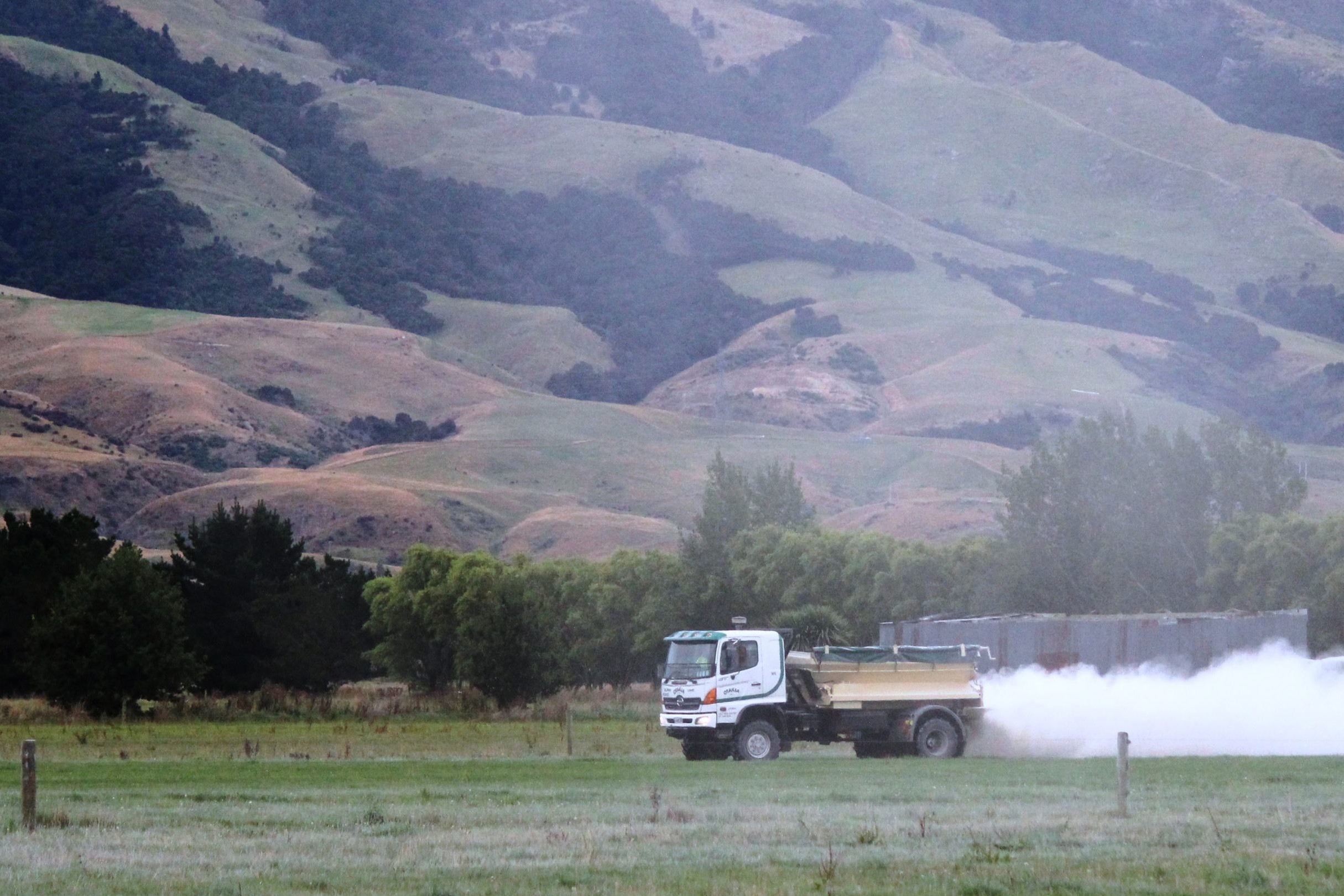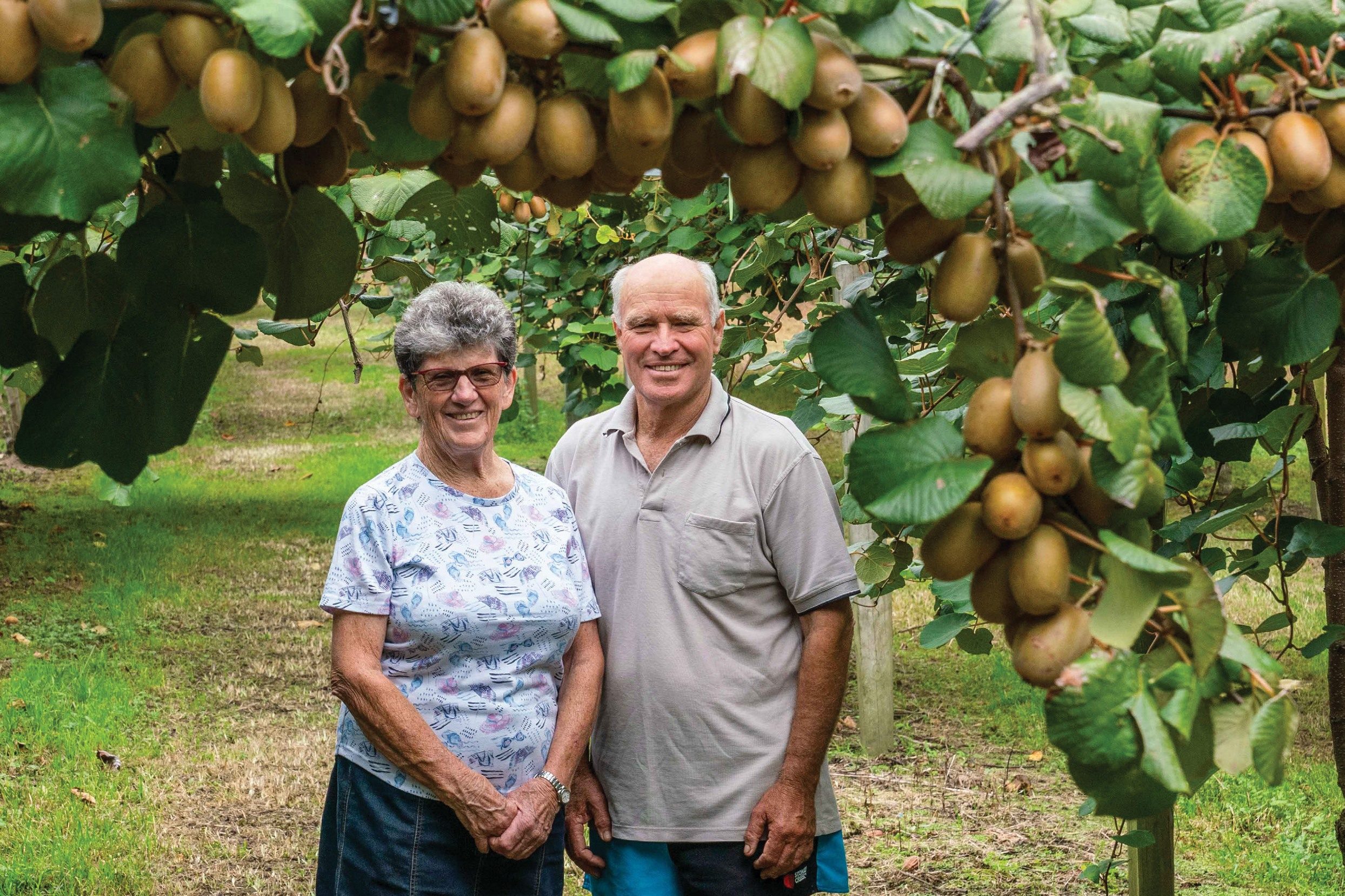Regen ag coach questions winter crop reliance
Otago-based Siobhan Griffin suggests dairy farmers could use bale grazing which would help with paddock recovery times. Karen Trebilcock reports.

Regenerative farming coach Siobhan Griffin is questioning dairy farmers’ reliance on winter crops in the South Island.
“I have not found a farmer who can show me on paper that it pays in the first place if all opportunity costs are included,” she said.

“For example, a 250ha dairy farm where cows are not wintered off, with 10% in fodder beet, could be losing out on tonnes of feed, as the 14-month crop has to be planted in September.
“You have no grazing available for a full year starting in September when you planted the crop plus one and a half to two extra months while you wait for the renewed paddocks to be ready to graze.
“Last year some paddocks in the south couldn’t be renewed until December so they weren’t grazed for the first time again until February.”
She said in 14 months, 338 tonnes of dry matter of grass could have been grown on the 25ha (11.5T DM/ha).
“This opportunity cost could be higher because the 14 months covers two months twice (September and October) when the paddock is not available for grazing and they happen to be the months where pasture normally starts to grow very quickly.”
If 20T DM/ha of fodder beet was grown per hectare, 500T DM overall, the winter crop has still grown more feed (162T DM), but Siobhan said the cost was high.
“Assuming costs of $2300/ha, the extra 162T DM has cost $57,500 or $354/T DM, not far below the cost of feed grain.”
If the season had not been kind, and a 15T DM crop was grown, then it would only be an extra 37T DM compared with if the paddock had been kept in grass.
“However, this is assuming your pasture was grazed at the three-leaf stage.
“If your cows are always on the edge and grazing at the two-leaf stage instead of at the three-leaf stage because 25ha is tied up in crop, you could lose 225T DM of potential grass production on the 225ha not in crop,” Siobhan said.
“A Lincoln University study found the annual yield difference between grazing at the two-leaf stage and three-leaf stage is 1.1T DM on irrigated pasture.
“Your opportunity cost for missing out on the blaze of growth may be less if not on irrigation so determine how much you really are losing by allowing one paddock to rest to the three-leaf stage consistently before grazing all season long and compare the growth to your others to get a real number for your farm.
“We are using a one-ton opportunity cost in this example to get you to start thinking.”
DairyNZ, for any given liveweight cow, has proved an increase of 200 kg DM/cow will return an extra 25kg of milk solids.
“Growing an extra tonne per hectare on the 225ha, plus using the 25ha of crop paddocks for grass production adds up to an extra 563T DM.
“That is 70,375 kg MS or, at an $8 payout, $563,000 opportunity cost to have 25ha out of the grazing round while the cows are milking.”
FODDER BEET COSTS
As well as growing less grass that can be turned into milk, she said there were other associated costs with growing fodder beet such as resowing after crop, potential soil damage and losses including soil loss, animal health issues related to feeding crop such as mastitis and lameness as well as stock standing in mud on crop needing more energy to maintain body weight.
“It’s not fun for livestock or the people caring for them.”
However, in most of the South Island, grass doesn’t grow in the winter, in some places for as much as 100 days or more so fodder beet and other winter crops provide necessary feed.
“So, how can you feed your cows over winter instead?
“In the earlier fodder beet example let’s assume you have 700 cows. You need to feed 4kg DM of hay or balage per day with 10kg DM of beet to balance the diet.
“The 500t DM of beet fed at this rate would last 70 days so you will need 200t DM of hay or balage to go with it which can be made onfarm or you could buy it in.
“However, another option is bale grazing over winter which means no crop has to be planted and all of your 250ha on your dairy farm is available for milk production.
“Instead of the fodder beet, the extra tonne per hectare you have grown by consistently grazing at the three-leaf stage is built into your feed wedge, or winter stockpile, for the 70 days of wintering, supplemented with the hay or balage you would have normally fed with the fodder beet.
“The amount of extra grass you’ve grown (563t DM) is more than the fodder beet if you got a 20t/ha crop.
“You could argue that one tonne of dry matter of fodder beet is higher in energy than one ton of dry matter of hay or pasture. But is the nutrition balanced?
“What if you harvest only the top half of your pasture sward where the energy is the highest? This allows residual to be trampled down to feed the soil biology so your pasture performance gets better every year and so does animal health. Leaving the higher residual also prevents pugging.”
She said bales could either be spaced out on drier paddocks on enough area to avoid soil damage or a feed pad or barn could be used with on-off grazing.
Either way, if the balage or hay is bought onto the farm it becomes a nutrient gain for the soil.
“If the soil structure is not damaged during bale grazing, these paddocks will quickly pick up in the spring flush and there is no need for resowing.
“As well, fewer nutrients have been lost to waterways as the soil has not been left bare.”





